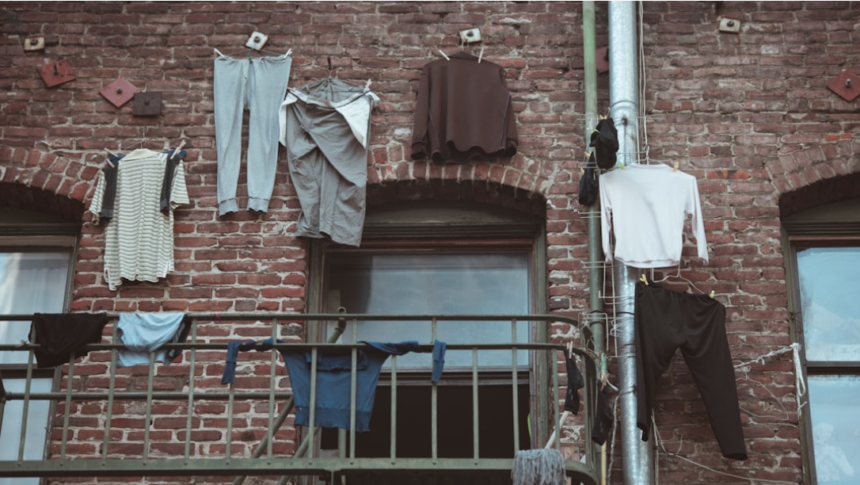
by Bruce Saller
WRITER
Editor’s note: Issues like climate change can feel overwhelming. After all, how much difference can any one person make? Turns out, quite a bit when we together take small steps. Bruce Saller is a retired engineer and active participant in the Fredericksburg Clean and Green Commission. This is the first in an occasional series about practical steps we can all take to reduce our carbon footprint.
An easy way to reduce our energy use is to start with something people use every day – the washer and dryer.
Many would be surprised to learn that one of the greatest drains on energy use is doing laundry. According to the Dutton Institute at Penn State University, 10% of residential energy use comes from washers and dryers. Most of that energy is used for making hot water used in washing.
It’s also expensive for consumers. doing one load of wash in hot water costs about $.50. Running the dryer costs about $.40/hour. That may not sound like much, but the Dutton Institute reports that a typical household does 400 loads of laundry a year. One needn’t be a math genius to see how quickly that can add up.
The difficulties go beyond this, however. Running the dryer for an hour exhausts all of the air in a 1500 square foot home. This air is then replaced with outside air that may need to be heated or cooled. This can cost another $.25/hour to heat/cool the replaced air (assuming a 30-degree temperature difference).
With that in mind, here are some simple things that you can do to both help the environment, and save on energy and energy costs.
- Wash clothes in cold water when possible.
- Hang clothes up to dry on a clothesline, clothes dryer racks, or garment racks.
- In the winter months, run the dryer during the warmest part of the day; in the summer months, run it during the coolest part of the day – typically in the evening or early morning.
- If you have an electric dryer, consider using an Indoor dryer vent kit in the winter months. This will keep the warm moist air in the house, thereby saving you about $.50/hour of heating costs. If needed, you can replace the provided dryer hose with a longer hose. You may also want to turn on the HVAC fan and/or use a portable fan to circulate the moist air.
- If you are buying a new dryer, consider a heat pump dryer. Heat pump dryers use about 30% less energy than a conventional dryer and don’t exhaust any air, saving about 15 to 40 cents per load. They do, however, take longer to dry clothes (normally 50-80 minutes per load).
There are pros and cons of using indoor dryer vent kits and heat pump dryers. Make sure you research and understand them before pursuing those options. Energy costs/savings are estimates and will vary depending on the efficiency of your HVAC/Washer/Dryer/hot water heater.




